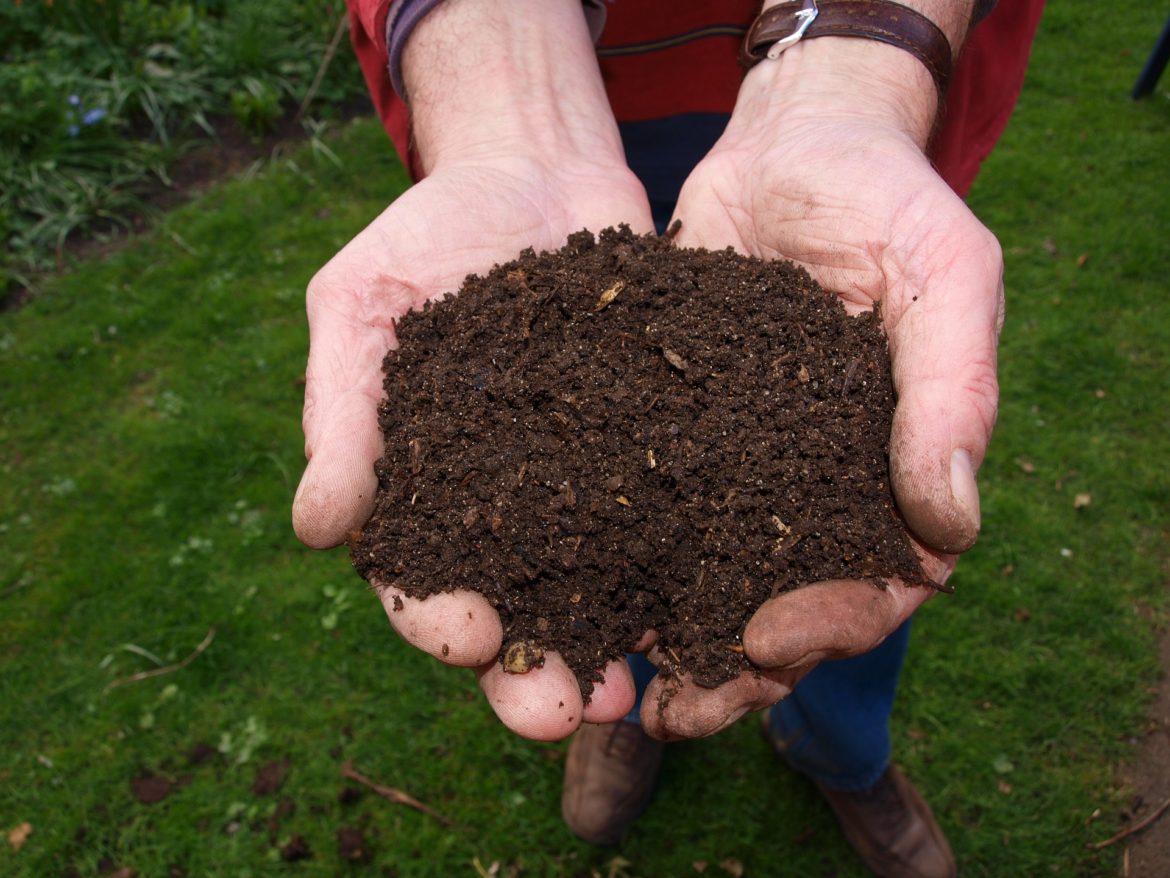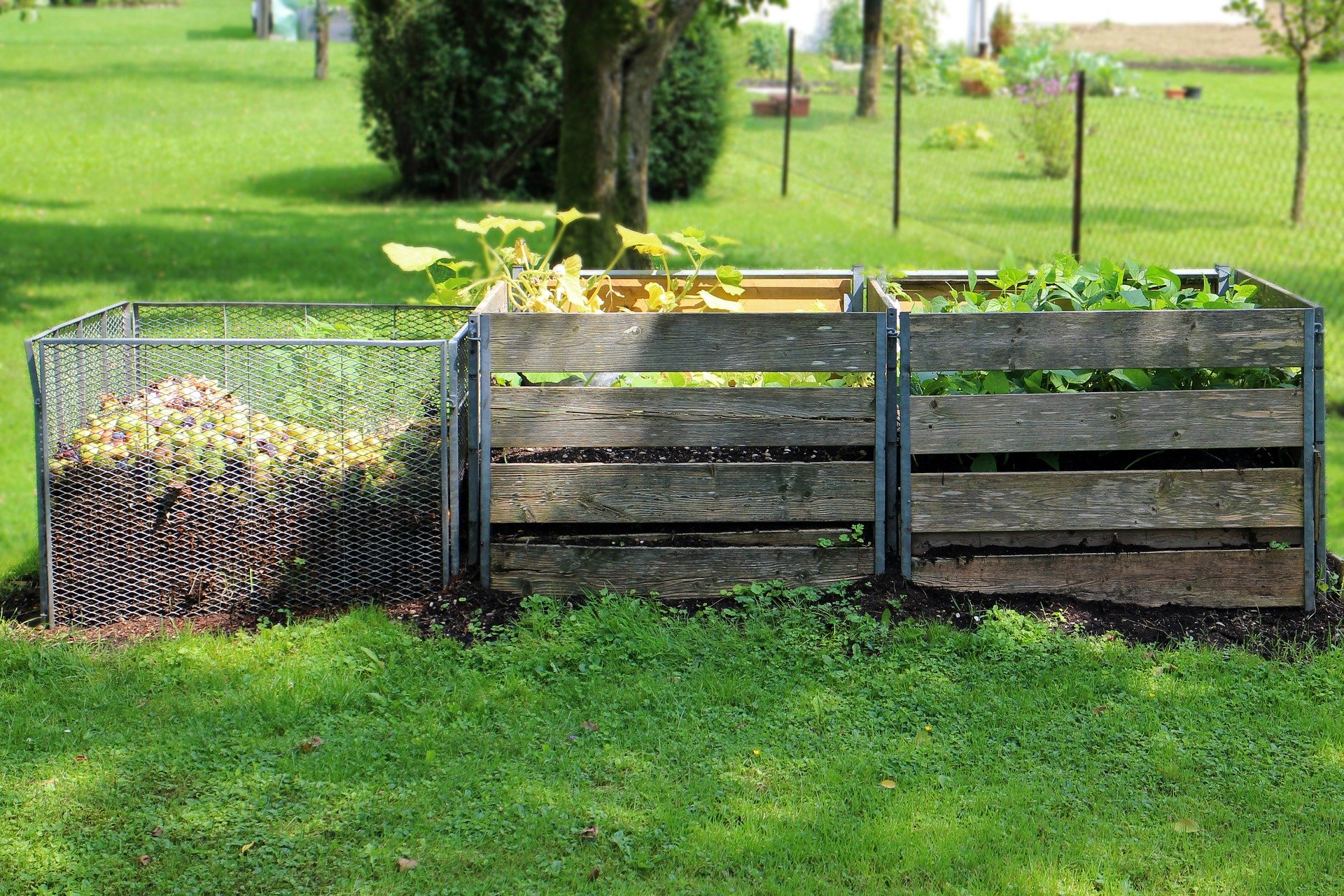The various advantages that come with composting make it essential for any form of farming. However, at first glance, the process appears quite complicated. That’s why we need a composting guide to explain each step thoroughly.
There are various misconceptions about composting. For instance, there’s the thought that it can get messy and sometimes even make your environment smelly.
Although this isn’t far from the truth, it’s easily avoidable through the right approach. Indeed, we can improve our gardens and feed our vegetables. We can do all of this and still maintain a clean and fresh environment.
In this post, we’ll find out all there is to know about how to compost. We’ll also learn about what we can and can’t compost.
What is Composting?
Before we get to the composting guide, let’s find out what composting is all about. Let’s start by investigating what goes into compost.
Compost represents an organic material or a combination of natural materials. It’s usually a combination of manure and vegetation that we can use as fertilizers.
Put simply, composting is the process of making compost.
Why Should We Compost?
Composting allows us to minimize the rate of garbage disposal, and that’s something we can all get better at!
It’s no secret that composting causes a significant reduction in the concentration of greenhouse gases in the atmosphere. By composting, we’re contributing our flight to stop climate change.
Even more, we get substantial fertilizers that prove useful for our gardens and plants.
What Can We Use to Make Compost?
Off-grid compost can comprise various materials. Most things from a garden or kitchen can be a great addition to a compost pile. For more clarity, here’s a list of things we can use to make a compost pile.
- Vegetable scraps
- Fruit scraps
- Eggshells
- Coffee grounds
- Plant and grass clippings
- Straw
- Dry leaves
- Shredded newspaper
- Sawdust that comes from an untreated wood
- Finely chopped bark and wood chips
- Teabags and tea
- Toothpicks
- Matches
- Hair from humans or pets
However, when composting, we must ensure we keep a balance between brown waste and green waste. Precisely, we need to find a balance between dry waste like wood or dry leaves and moist debris like vegetables and fruits. This way, we can have a healthy composition that provides the best possible benefits to the plants in our garden or farms.
Here’s What We Cannot Compost
While it can be quite tempting to use all waste products for composting, it’s not the best bet.
This is because they not only attract animals and pests, they’ll also bring a foul smell. Even more, they most likely won’t work well in a garden.
So, here’s a list of things we should avoid when we decide to compost.
- Items that contain grease, fat, oil, or meat
- Deceased or dead plant materials
- Chips or sawdust from pressure-treated barks or wood
- Cat or dog feces
- Dairy products
How to Compost: A Step by Step Guide
Now let’s find out how to create off-grid compost. Note that this is a step-by-step approach. Also, to get the best results, we must follow it thoroughly.
Step 1: Combine Brown and Green Materials
Like we earlier stated, the first step is to get a healthy combination of brown and green materials. Furthermore, we’ll need to procure materials that are enough to get a pile that’s a minimum of 3 feet.
Again, we need to ensure that the compost is neither too green nor too brown. So, if it’s too moist, then there’s a need to add dry materials to achieve a balance. Alternatively, if it’s too dry, we’ll need to add more water and green waste. This is the only way we can get a healthy balance of nitrogen and carbon.
Examples of dry or brown waste that we can use include:
- Paper
- Straw
- Pine needles
- Dry leaves
- Stalks and corn cobs
- Wood shavings or sawdust
On the other hand, examples of moist or green waste that we can use include:
- Coffee grounds
- Fruit wastes
- Eggshells
- Fresh leaves
- Hair or feathers
- Seaweed
- Fresh weeds
- Kitchen scraps
- Alfalfa meal
- Rotted manure
Step 2: Water the Pile
The next step on our composting guide is to sprinkle water on the collection. Also, we’ll need to do this regularly to ensure the pile is damp. While doing this, there’s a need for caution. We need to wet the pile without flooding it.
If we waterlog the pole, the microorganisms necessary to decompose the collection will drown. And in such cases, the pile will merely rot rather than create off-grid compost.
As such, we need to ensure that the pile has just the right amount of water to get the job done.
Step 3: Stir Up the Pile
The next step is to stir the collection thoroughly. This is to provide the pile with enough oxygen that aids the decomposition process.
At this stage, we’ll need a garden fork to do this effectively. Also, we’ll need to wait until the pile is warm. For us to be sure, we’ll need to measure the pile and be sure it reads around 130°F to 150°F.
Step 4: Allow the Materials to Decompose Fully
At this stage, the off-grid compost should be almost ready. All we need to do is wait until the compost is dry, crumbly, and brown. Also, we’ll need to ensure that the compost doesn’t produce heat again.
At this stage, it means then the compost is ready for application to either a garden or a lawn.
Final Thoughts
Composting comes with a lot of challenges, especially if done wrongly. This is why it’s important to thoroughly understand the process of composting.
Simply follow the steps we describe above to make the best compost for your agricultural projects!



